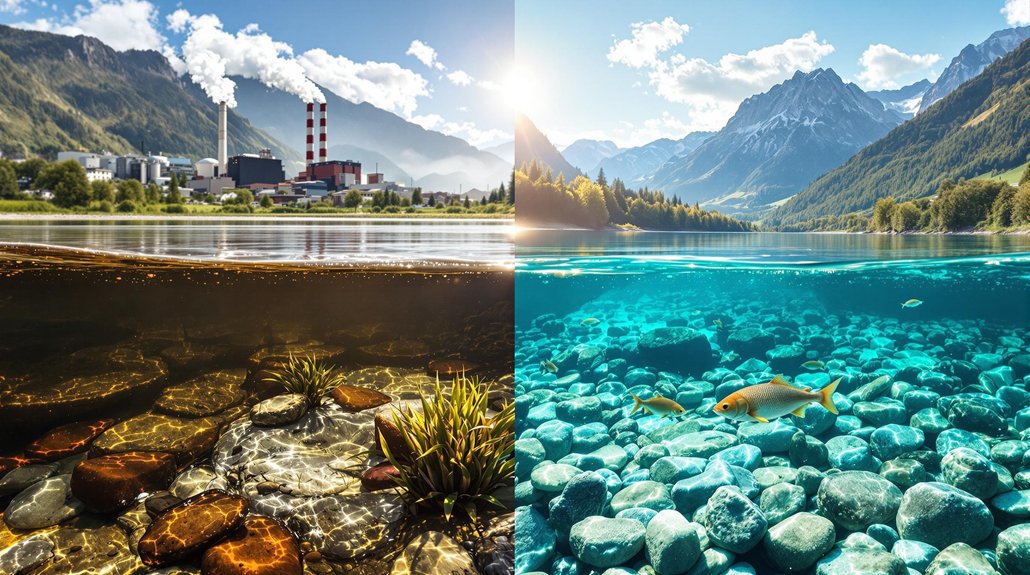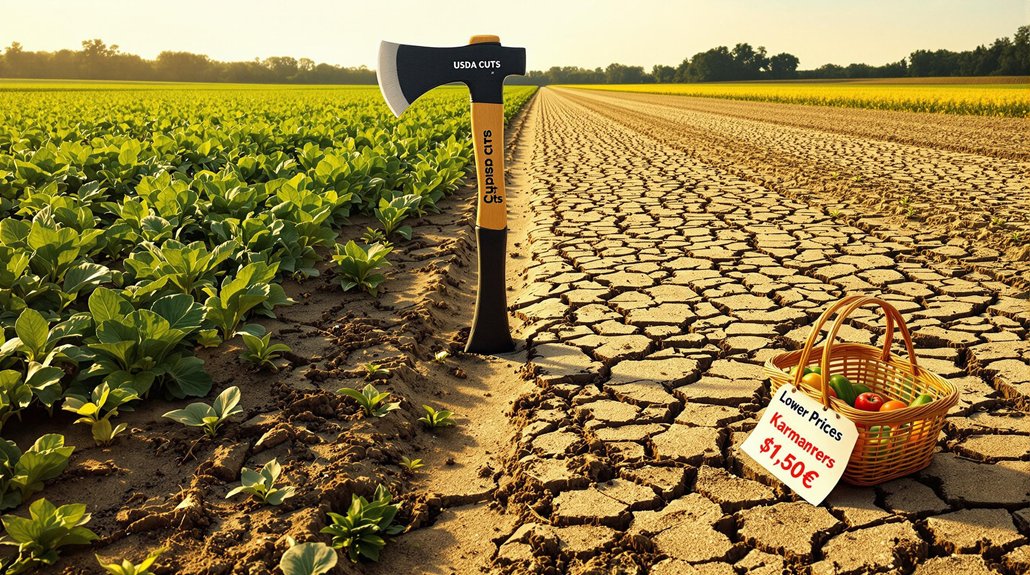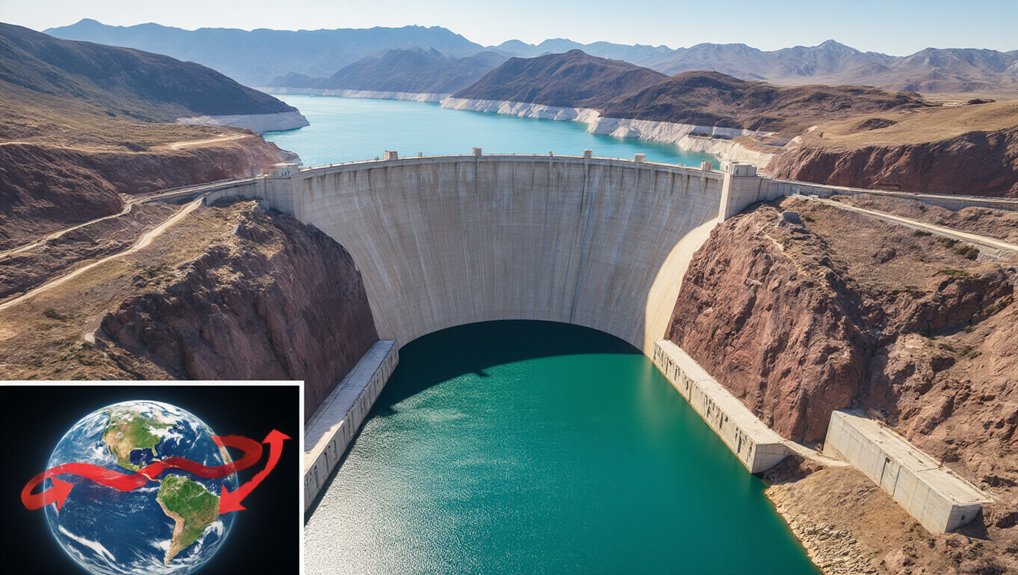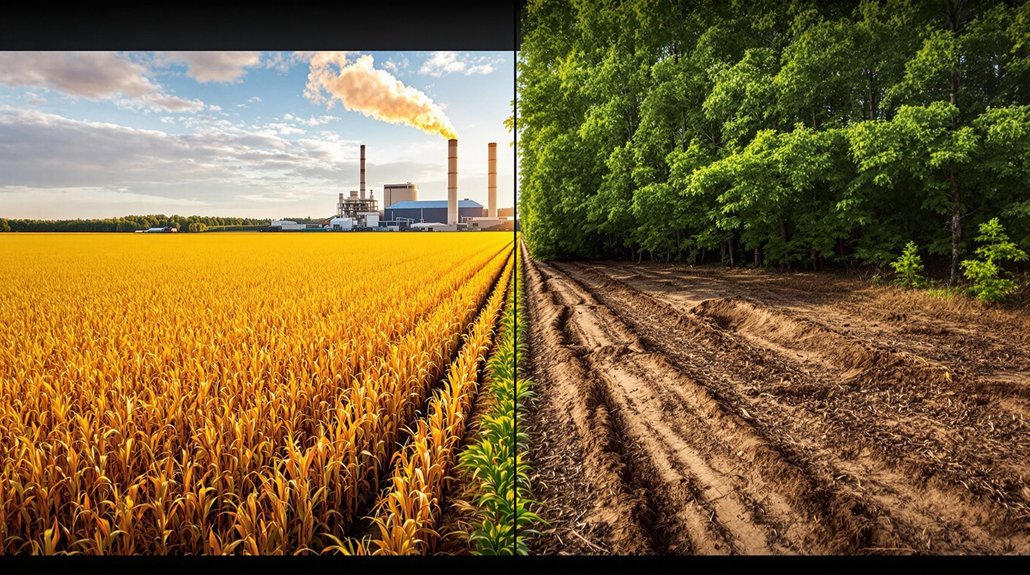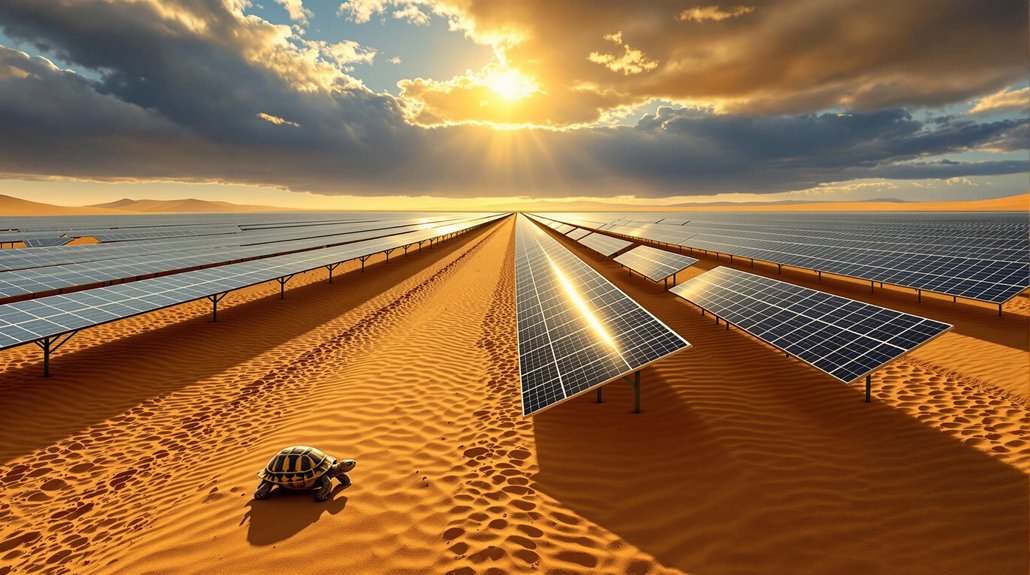Swiss rivers once reeked of industrial waste, inspiring disgust rather than recreation. Only 15% of Swiss citizens had wastewater treatment in the 1960s. Then came the 1986 Sandoz disaster—a toxic wake-up call that turned the Rhine blood-red for 180 kilometers. Strict laws, 800 treatment plants, and 50 billion francs later, these same waters host swimmers instead of chemicals. Fish returned. Foam disappeared. The transformation reveals what political will and public money can accomplish.
While tourists today marvel at locals casually swimming in the pristine waters of Swiss rivers, few realize these same waterways were once toxic cesspools of industrial waste. Back in the 1950s, companies just dumped whatever they wanted directly into rivers. No filter, no treatment. Just straight-up poison.
The numbers tell the ugly truth. Only 15% of Switzerland’s population was connected to wastewater treatment in the 1960s. Rivers foamed with chemicals. Algae formed thick, disgusting carpets. Fish died. The stench was unbearable. Swimming? At your own risk, buddy.
Then came 1986. The Sandoz disaster in Basel was Switzerland’s wake-up call. A warehouse fire released over 1,000 tons of chemicals, turning the Rhine River blood-red. The disaster obliterated 180 kilometers of ecosystem. The catastrophe was instantly recognized as significant in environmental history, becoming one of the greatest environmental disasters Europe had ever witnessed. Fourteen people were treated for breathing in the fumes. Nothing like an environmental catastrophe to get people moving.
It took a river running red with chemicals to finally wake Switzerland from its environmental slumber.
The Swiss, being Swiss, responded with remarkable efficiency. A 1963 typhus outbreak had already raised some eyebrows. By 1971, wastewater treatment wasn’t just recommended—it was the law. The price tag? A cool 50 billion francs for infrastructure. Worth every cent.
They built 130,000 kilometers of sewers and 800 treatment plants. The government chipped in 5.3 billion francs. Citizens pay their part too—20 to 70 francs monthly per household. The polluter-pays principle isn’t just a catchy slogan here. This approach resembles the financial challenges associated with renewable resources, where high upfront investments eventually yield long-term environmental benefits.
The transformation is nothing short of miraculous. Today, you can sip tap water that’s cleaner than bottled water in many countries. Fish are back. The foam is gone. Swimming bans? Lifted.
Challenges remain, of course. Micropollutants from pharmaceuticals, pesticides, and hormones are the new enemies. The health risks from pollutants like benzidine causing cancer continue to worry officials in areas with historical chemical dumpsites. A billion-franc project is upgrading 100 treatment plants by 2040. Agricultural runoff still causes problems.
But the Swiss proved something important: with political will, public support, and long-term investment, even the most polluted waterways can come back to life. Take notes, world.
